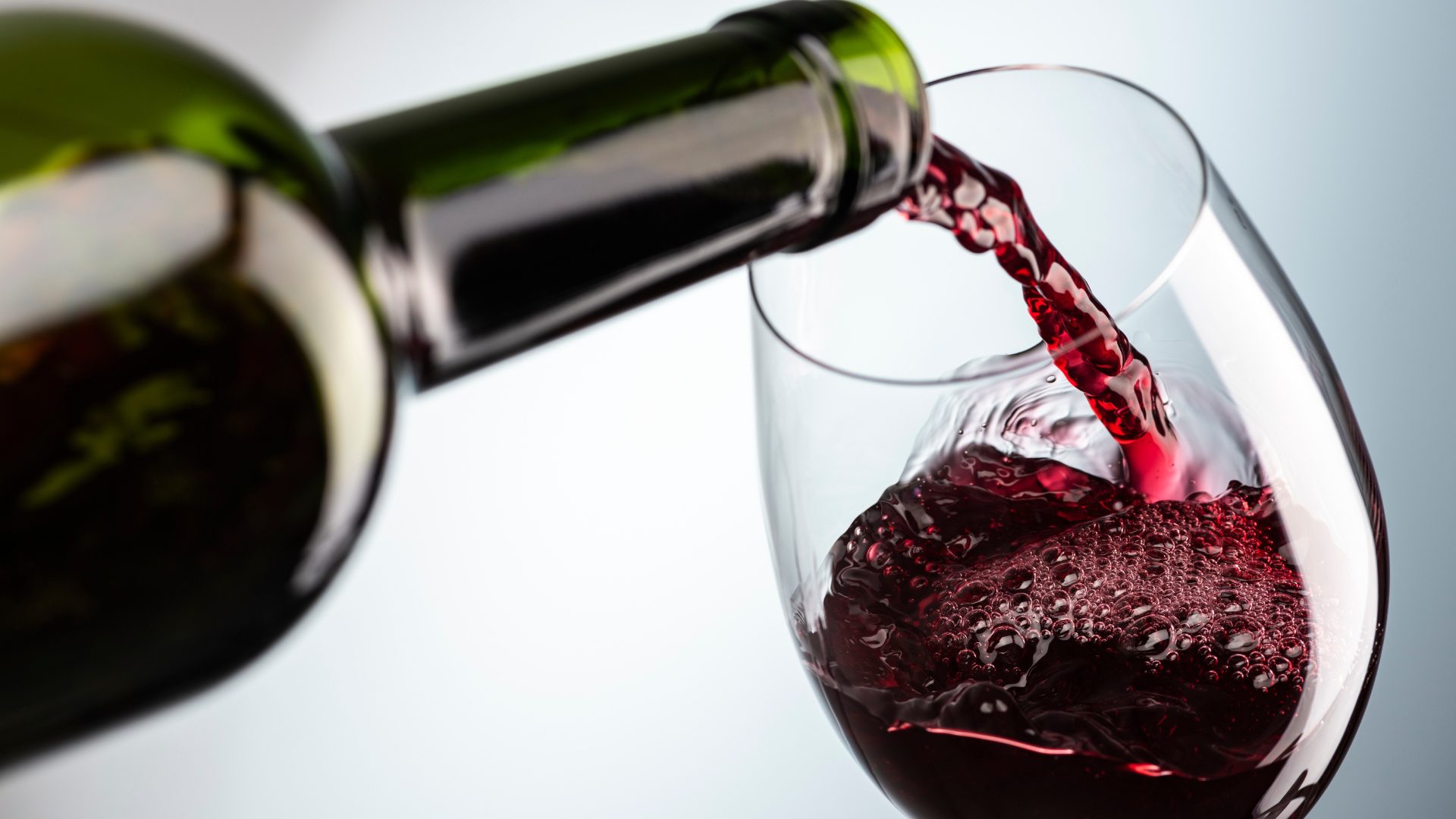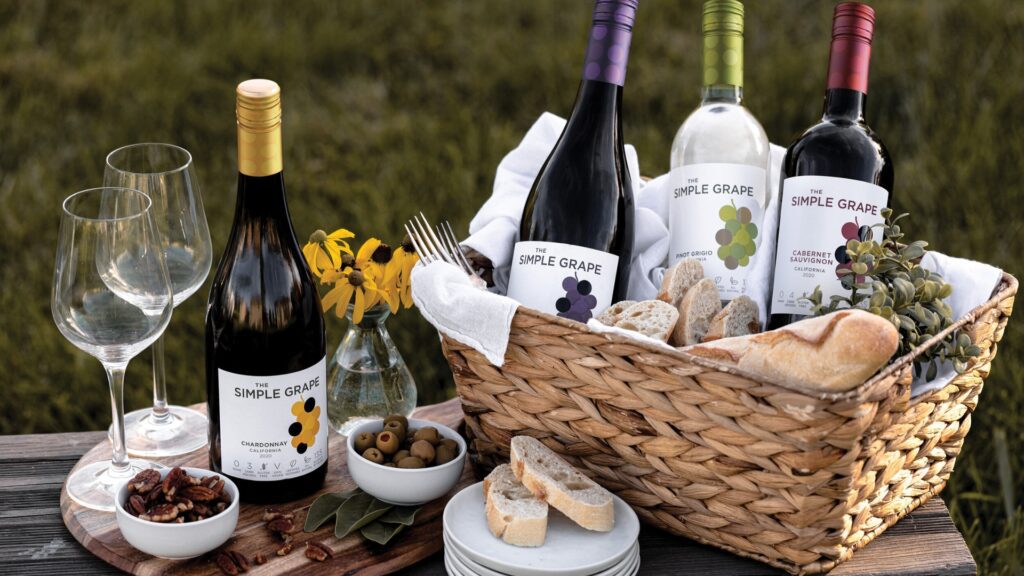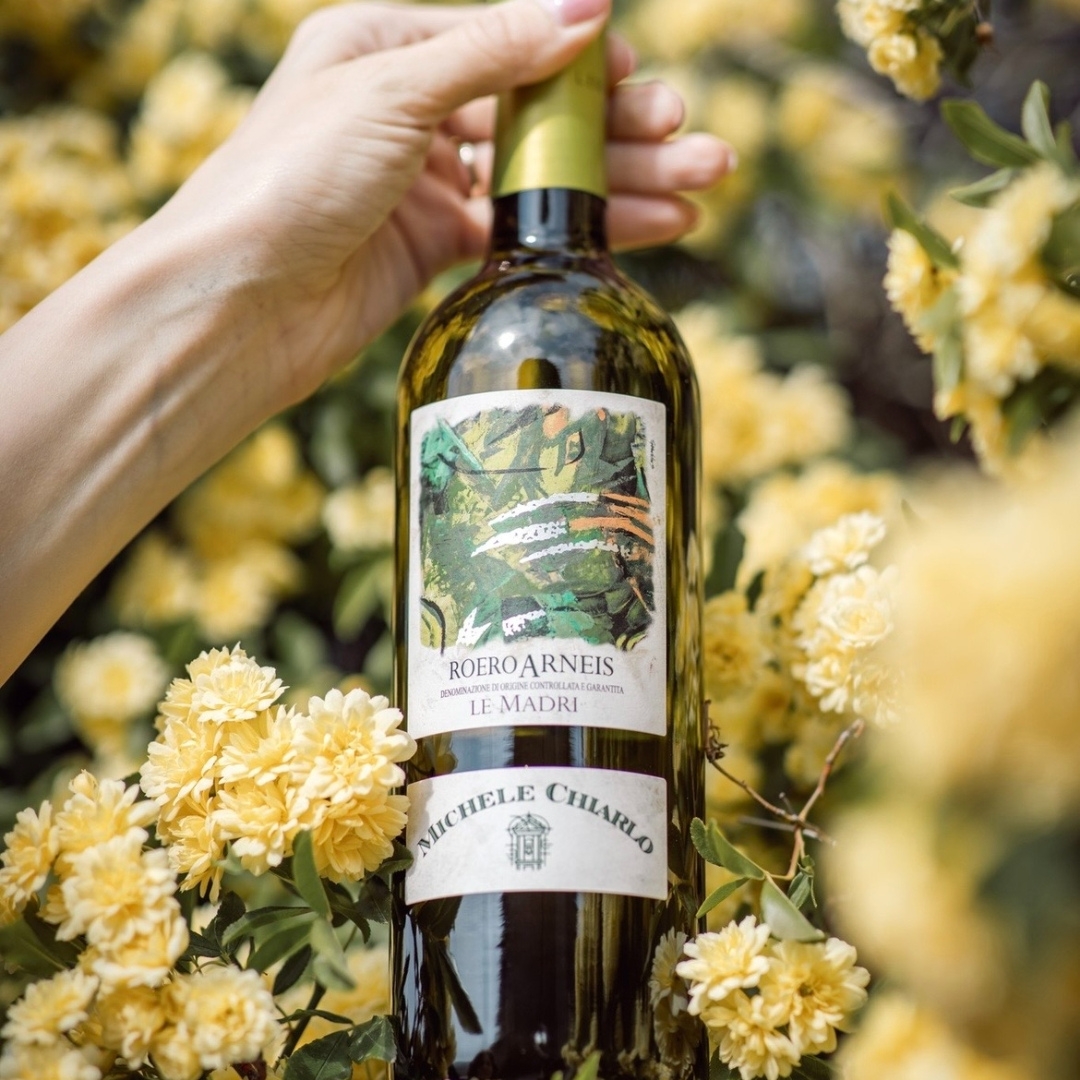As the New Year begins, many of us are reflecting on our 2025 goals and the best ways to achieve personal success. The New Year often makes us think about how we can make more mindful choices to support our health goals. For wine lovers, one common question arises: how much sugar is actually in wine? While wine can be a delightful part of a balanced lifestyle, its sugar content varies widely depending on the type, style, and production methods. Understanding the nuances of wine’s sugar content not only empowers you to make more informed decisions but can also help you enjoy your favorite glass without derailing your health-conscious plans. No matter what your health goals are, let’s uncork the truth about wine and sugar.
Let’s dive into a little background on how wine is made to help understand sugar content. Wine begins its journey as grape juice, but to transform it to wine, it must undergo fermentation—a process that produces alcohol. Grapes naturally contain sugar, which plays a crucial role in fermentation by serving as the primary food source for yeast. During alcoholic fermentation, yeast consumes the sugar in the grape juice to produce alcohol and other compounds. In most cases, fermentation continues until the yeast has consumed all the sugar, resulting in a dry wine. However, winemakers can intentionally stop fermentation before all the sugar is consumed, leaving behind residual sugar. This residual sugar determines the wine’s sweetness: little to none results in a dry wine, while higher levels create a sweet wine.

Based on the winemaking process, there are wines that have zero sugar and little to no sugar. Some wines do have a lot of sugar, so it is important to check a few key things before buying. Here are 5 things to check when buying wine to make more mindful decisions about sugar content.
#1: Opt for dry wines
The simplest way to choose a low-sugar wine is to look for a dry variety. Dry wines typically contain the least amount of sugar and are sometimes labeled as such on the bottle. If not, a staff member at the liquor store can help you identify a good option.
#2: Focus on a few select varieties that are typically lower in sugar
If the label doesn’t mention terms like “dry” or “low sugar,” consider wines that are typically made in a dry style. These include Sauvignon Blanc, unoaked Chardonnay, Albariño, Pinot Grigio/Pinot Gris, Cabernet Sauvignon, Pinot Noir, Syrah/Shiraz, Malbec, or sparkling wines labeled “Brut” or “Extra Brut,” such as Champagne, Prosecco, or Cava. These options generally have lower residual sugar.
low sugar wine suggestions
Sauvignon Blanc
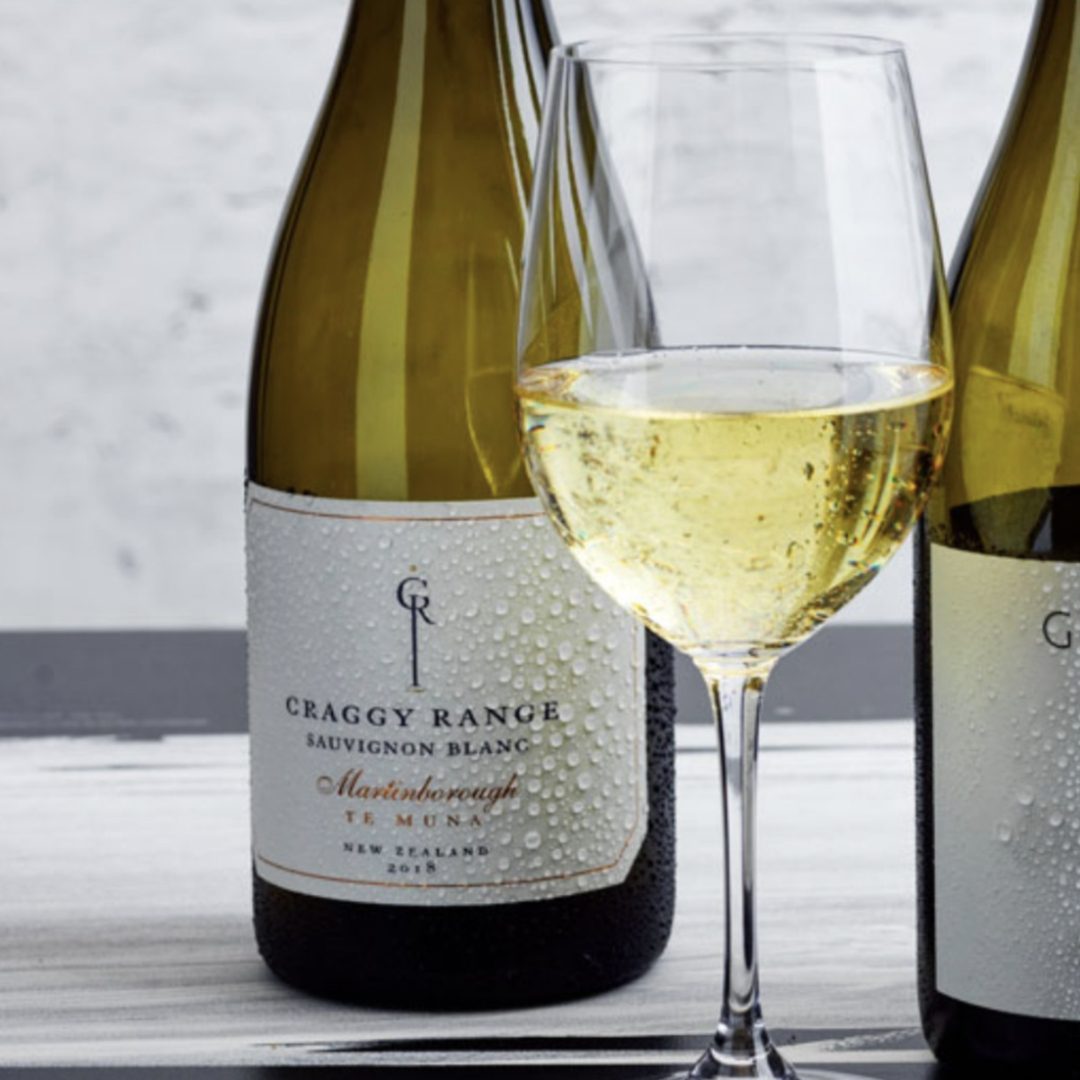
Craggy Range Sauvignon Blanc (NZ)

Infamous Goose Sauvignon Blanc (NZ)
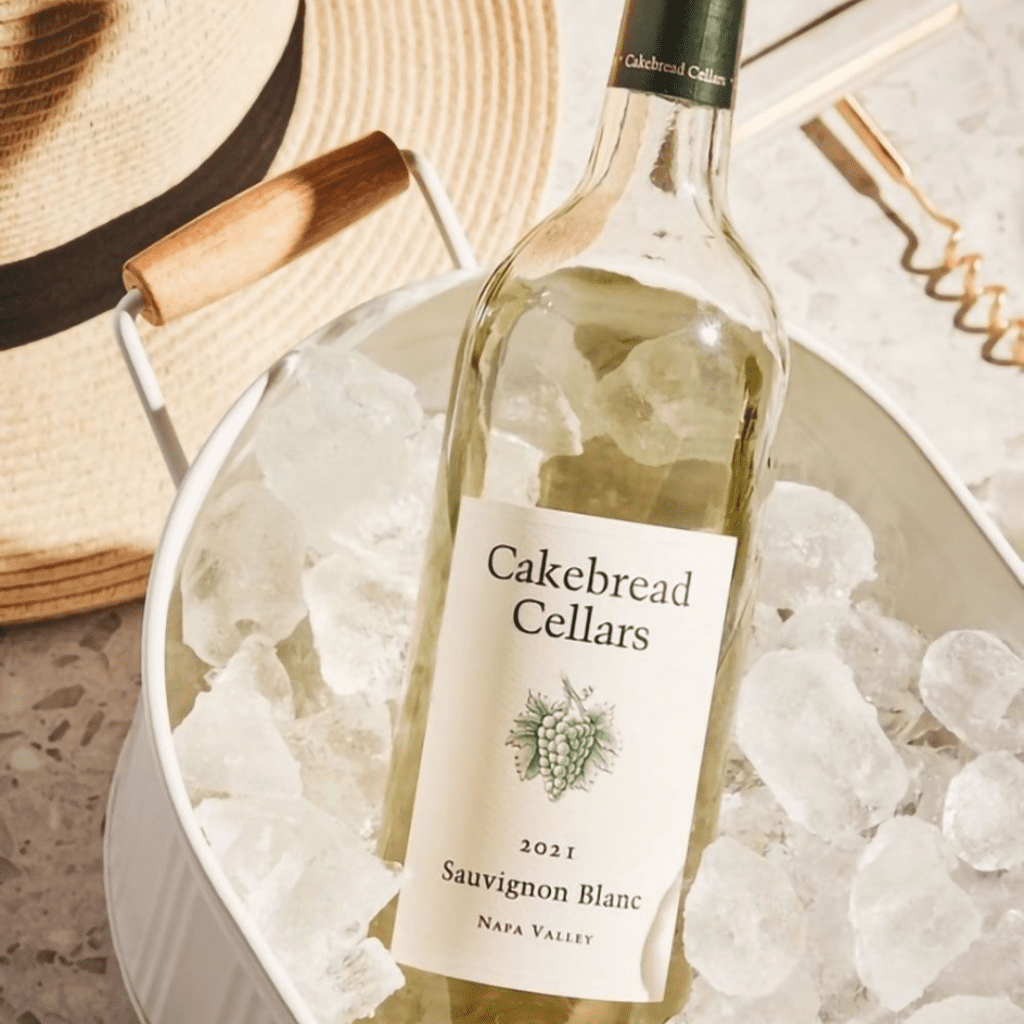
Cakebread Sauvignon Blanc (CA)
Unoaked Chardonnay

Montes Limited Selection Chardonnay Unoaked (Chile)
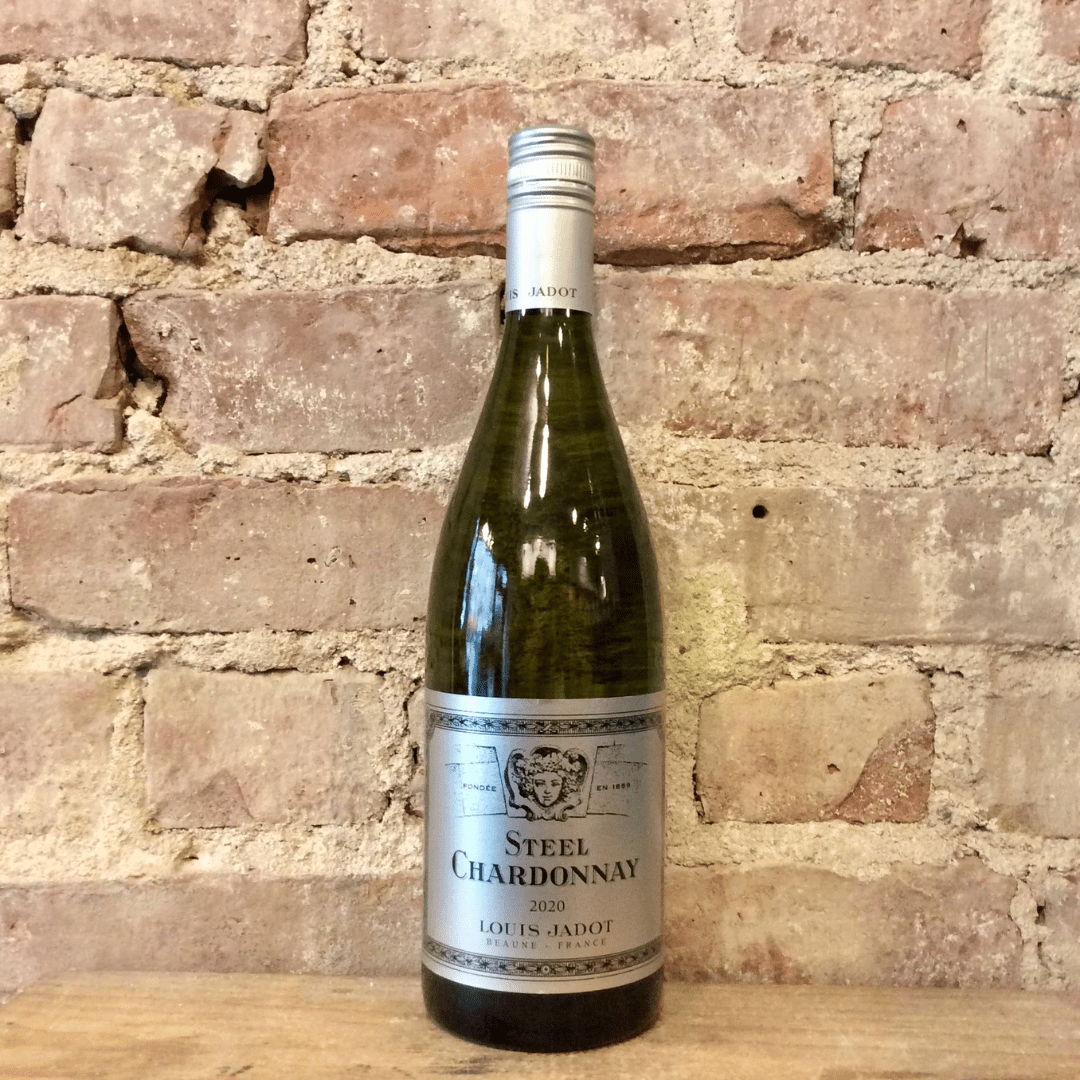
Louis Jadot Steel Chardonnay (France)
Pinot Grigio
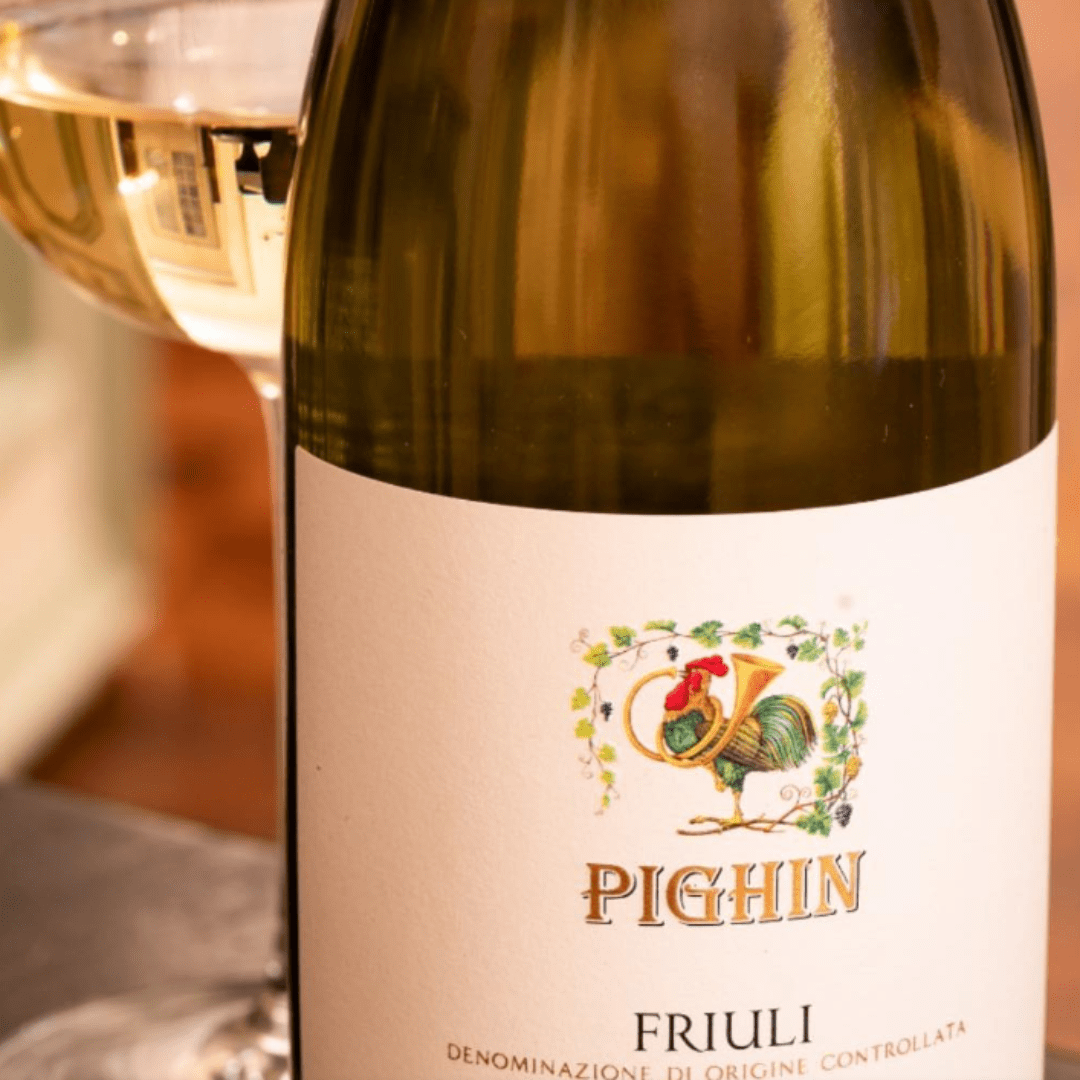
Pighin Pinot Grigio Friuli DOC (Italy)

Pighin Pinot Grigio Collio DOC (Italy)

The Seeker Pinot Grigio (Global)
Pinot Noir
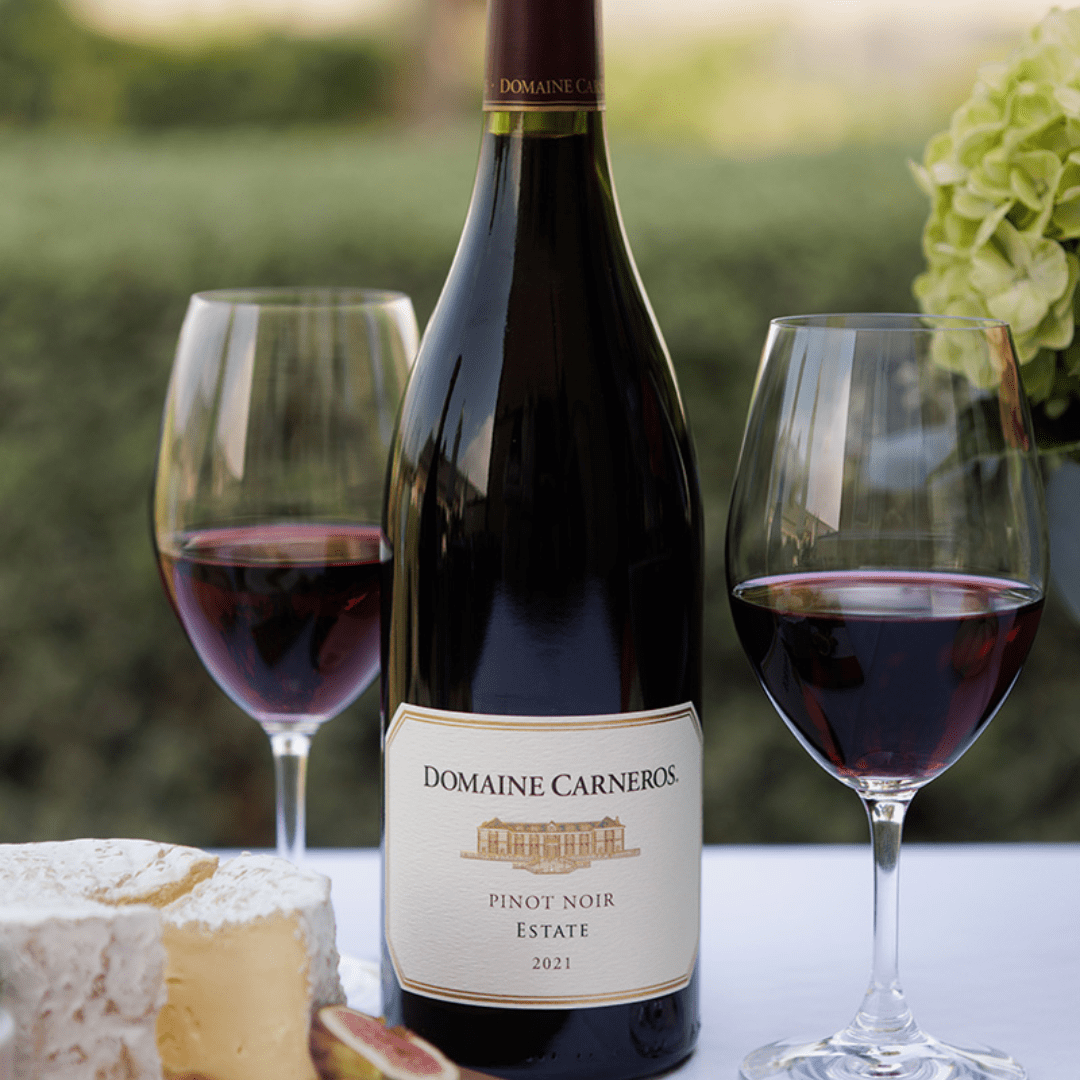
Domaine Carneros Estate Pinot Noir (California)

Louis Jadot Pinot Noir (France)

Montes Alpha Pinot Noir (Chile)

Craggy Range Aroha Pinot Noir (New Zealand)
Cabernet Sauvignon
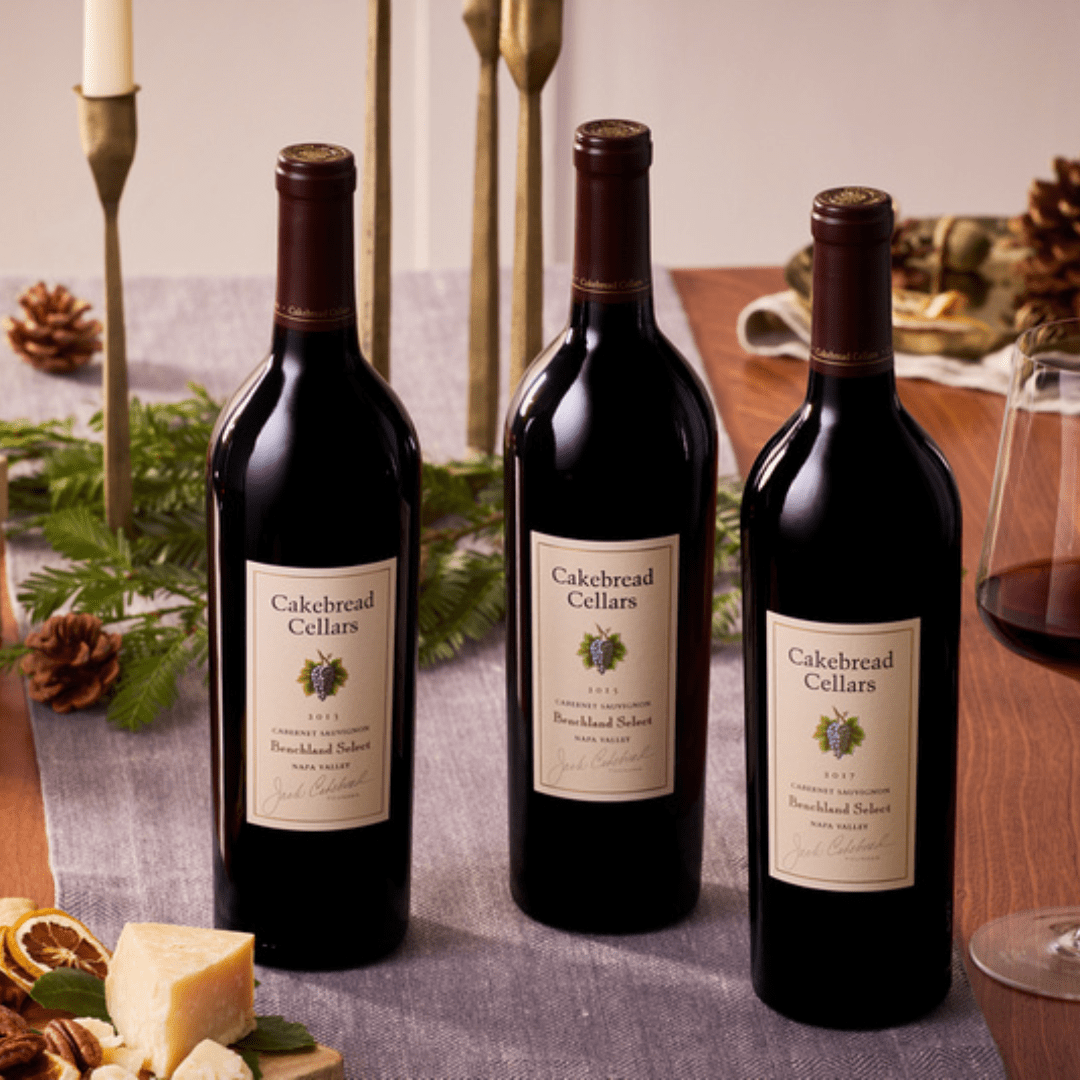
Cakebread Benchland Select Cabernet Sauvignon (California)

Bezel Cabernet Sauvignon (California)
Malbec
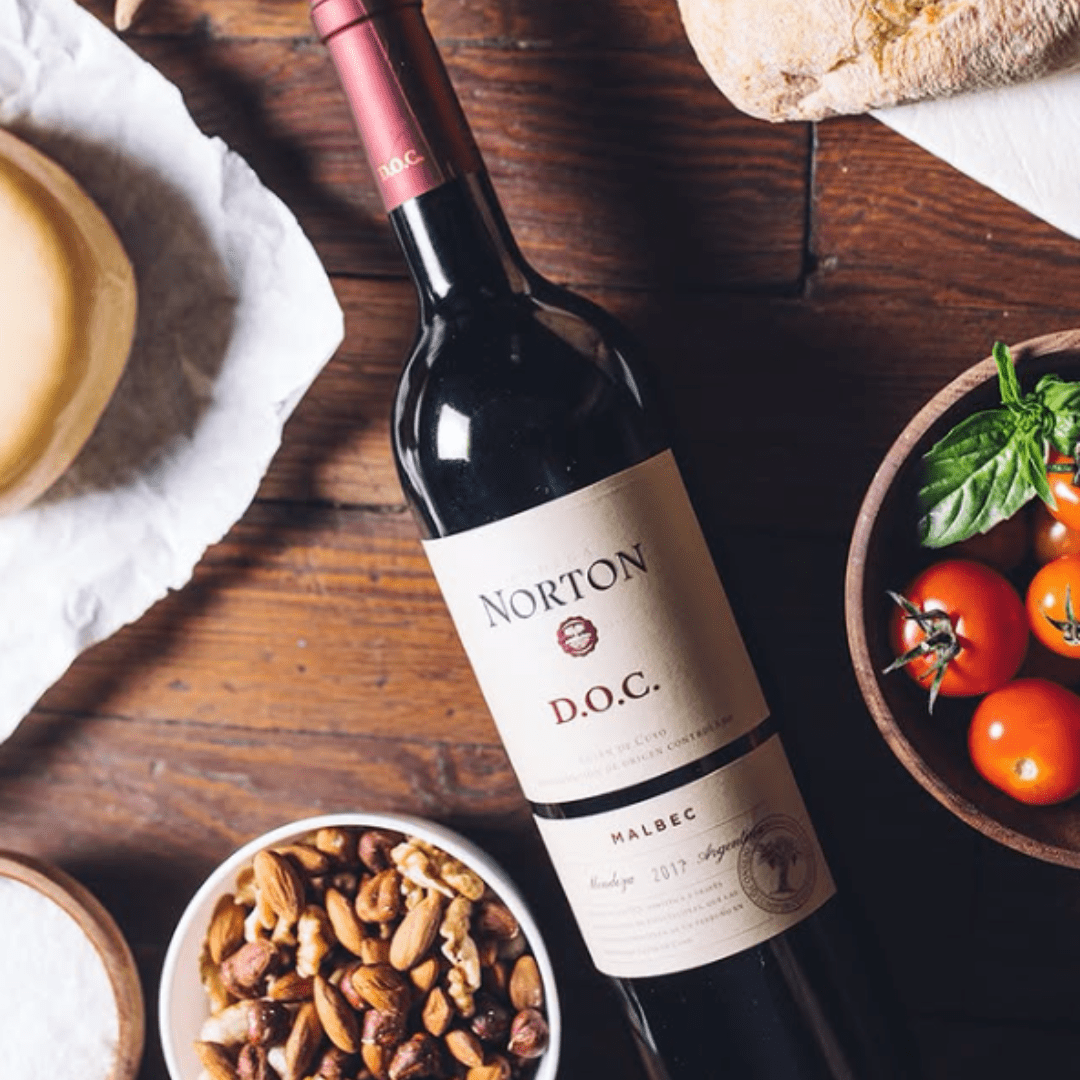
Norton Malbec D.O.C. (Argentina)

Alta Vista Estate Malbec (Argentina)

Montes Classic Malbec (Chile)
#3: Check the Alcohol Content
Higher alcohol content often indicates lower residual sugar, as more sugar is converted into alcohol during fermentation.
#4: Check the residual sugar
A low residual sugar level is 4 g/L or lower, which is a classic dry wine.
Dry Wines: Typically contain less than 4 g/L of residual sugar. Most people cannot perceive sweetness at levels below this, so the wine tastes dry.
Off-Dry Wines: Have residual sugar levels of 4 to 12 g/L, offering a hint of sweetness without being overtly sweet.
Sweet Wines: Often contain more than 45 g/L of residual sugar, and their sweetness is prominent.
#5: opt for zero sugar options
Dry wines offer plenty of variety and options, but sometimes it’s nice to explore zero-sugar wines as well. Although dry wines contain minimal sugar, a few brands specialize in producing wines with absolutely no sugar.
We recommend checking out The Simple Grape Wine. The Simple Grape has zero sugar, low carb, gluten-free, and 100% vegan. It also is delicious and our personal favorite zero sugar wine!
Cheers to a life of balance! Understanding the sugar content in wine is an important step toward making mindful choices that align with your health goals. By opting for dry wines, exploring low-sugar varieties, and considering zero-sugar options, you can enjoy your favorite wines without compromising. With a little knowledge and attention to detail, it’s easy to savor a glass of wine that complements both your palate and your wellness journey. Cheers to a healthier, more informed 2025!
